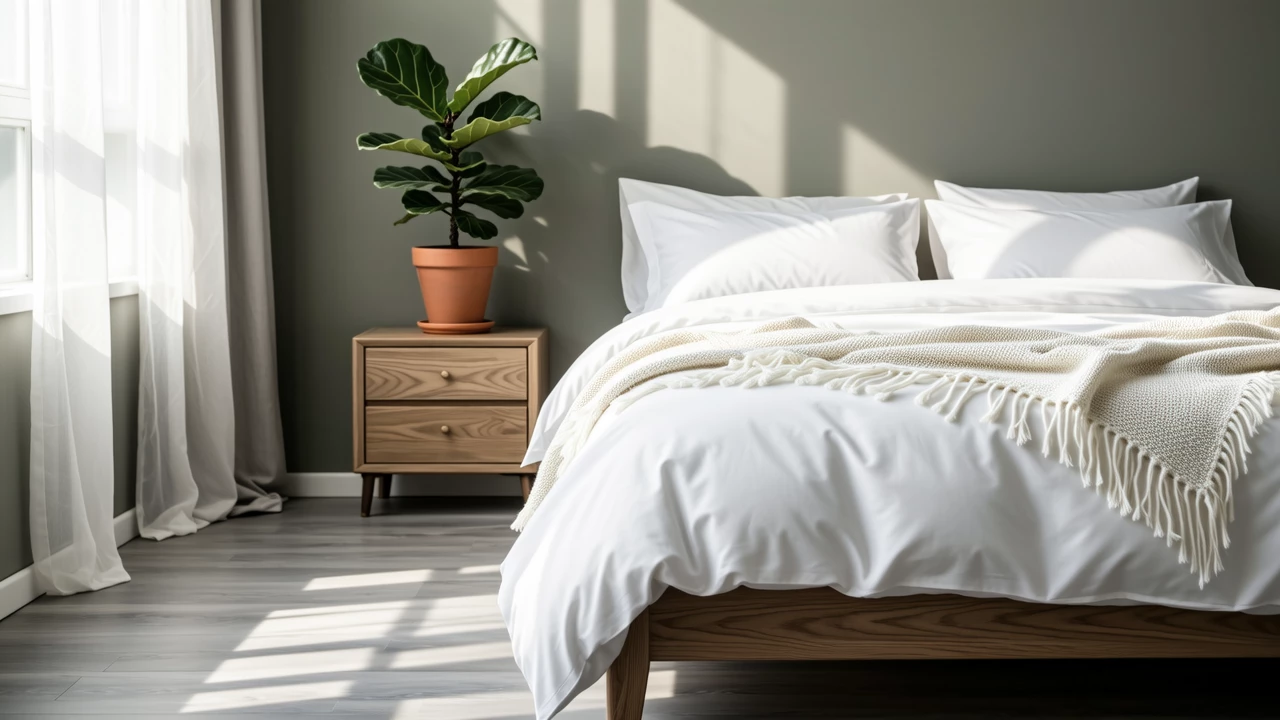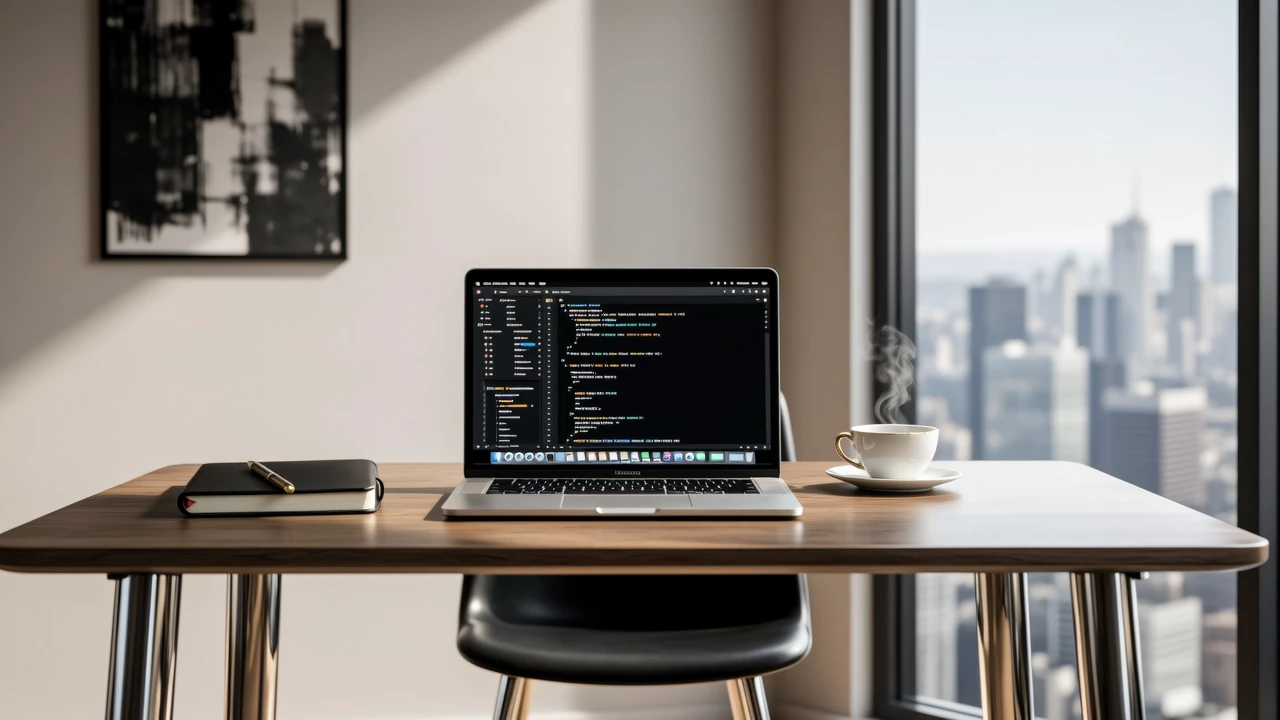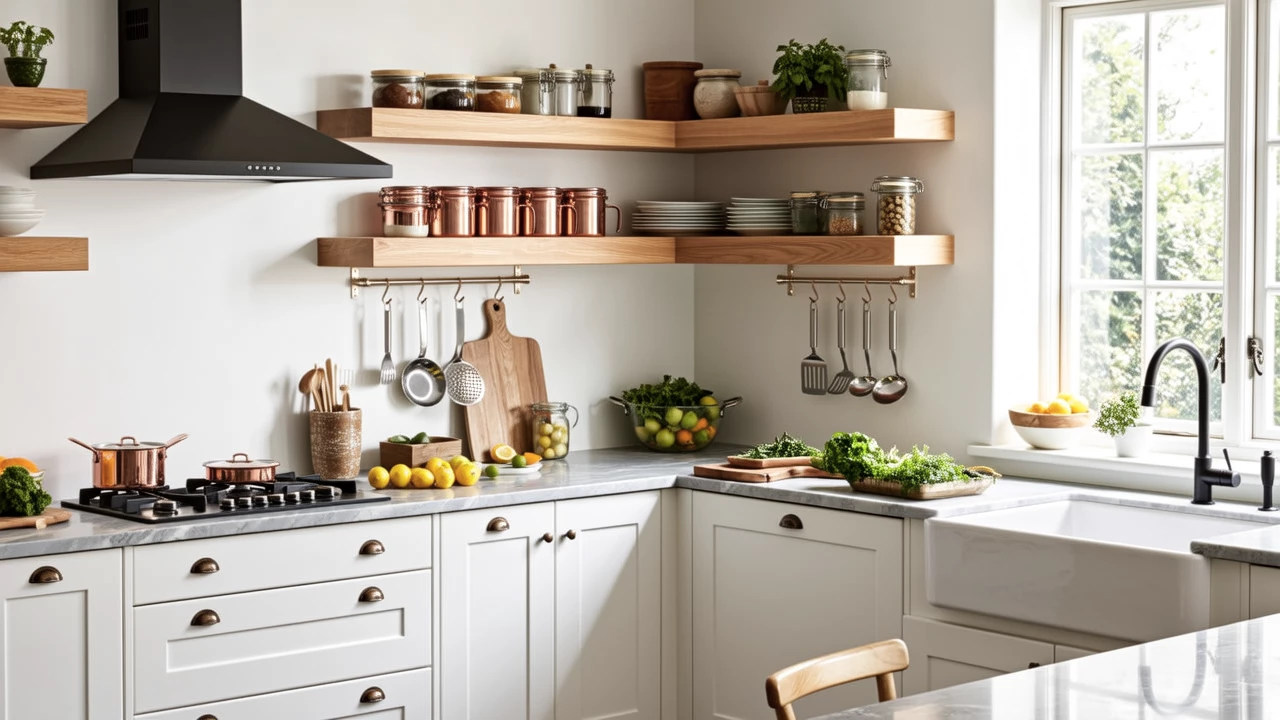Welcome to your journey towards a simpler, more intentional life. Minimalism isn’t just about owning fewer things; it’s a mindset that focuses on prioritizing what truly matters and eliminating the excess that clutters our physical and mental space. As a beginner, embracing minimalism can feel overwhelming, but with small, consistent steps, you can transform your life. This guide will walk you through the basics, practical tips, and benefits to help you get started. Remember, minimalism is personal—there’s no one-size-fits-all approach, so adapt these ideas to suit your lifestyle.
Minimalism has gained popularity in recent years as people seek relief from the constant noise of consumerism and digital overload. At its core, it’s about living with purpose and reducing distractions. For beginners, this means starting with self-reflection: ask yourself what brings you joy, what is essential, and what you can let go of. This introspection is the foundation of a minimalist lifestyle. It’s not about deprivation; it’s about making room for more meaningful experiences, relationships, and personal growth.
To begin your minimalist journey, start with a simple assessment of your current situation. Take inventory of your belongings, schedule, and digital habits. Here’s a basic list to guide you through the initial steps:
- Declutter your space: Choose one area, like a closet or desk, and remove items you haven’t used in the past year. Donate, recycle, or discard them mindfully.
- Simplify your schedule: Identify commitments that drain your energy and consider reducing or eliminating them. Focus on activities that align with your values.
- Digital detox: Unsubscribe from unnecessary emails, delete unused apps, and limit social media usage to create mental clarity.
- Set intentions: Define what minimalism means to you—whether it’s financial freedom, less stress, or more time for hobbies.

As you progress, you’ll notice that minimalism extends beyond physical possessions. It influences how you manage your time, relationships, and even your thoughts. For instance, practicing mindfulness can help you stay present and avoid accumulating mental clutter. Many beginners find that adopting a "one in, one out" rule—where for every new item brought in, one old item is removed—prevents future clutter buildup. This habit fosters conscious consumption and reduces impulse buys.
Another key aspect is financial minimalism. By cutting unnecessary expenses, you can save money, reduce debt, and invest in experiences rather than things. Consider creating a budget that prioritizes essentials and values-based spending. Here are some practical tips for financial minimalism:
- Track your expenses for a month to identify wasteful spending.
- Cancel subscriptions you don’t use regularly.
- Opt for quality over quantity when making purchases—invest in items that last longer.
- Embrace DIY and repurposing to minimize buying new things.
Minimalism also applies to your digital life. In today’s connected world, digital clutter can be just as stressful as physical clutter. Organize your files, clean up your desktop, and use tools like cloud storage to keep things tidy. Limit notifications to reduce distractions and improve focus. This digital simplicity can boost productivity and mental well-being.

When it comes to your home, focus on creating functional and aesthetic spaces. Choose furniture and decor that serve a purpose and bring you joy. Avoid trends that encourage constant updating. Instead, opt for timeless pieces that reflect your personality. For beginners, it’s helpful to start small—perhaps with a single room—and gradually expand to other areas. Remember, the goal is not emptiness but intentionality; each item should have a reason for being there.
Relationships and social life can benefit from minimalism too. Evaluate your social circle and invest time in people who support and uplift you. Let go of toxic relationships that drain your energy. Practice saying "no" to events or commitments that don’t align with your priorities. This fosters deeper connections and reduces social fatigue.
Health and wellness are integral to a minimalist lifestyle. Simplify your diet by focusing on whole, nutritious foods rather than processed options. Incorporate regular exercise and meditation to maintain physical and mental balance. Avoid overcomplicating fitness routines—sometimes, a daily walk or yoga session is enough.
The benefits of minimalism are profound. Studies show that reducing clutter can lower stress levels, improve sleep, and increase overall happiness. By minimizing distractions, you gain more time for hobbies, learning, and self-care. Financially, it can lead to greater savings and freedom. Environmentally, it promotes sustainability by reducing waste and consumption.

In conclusion, adopting a minimalist lifestyle is a gradual process that requires patience and self-awareness. Start with small steps, celebrate progress, and don’t be too hard on yourself if setbacks occur. The journey is about continuous improvement, not perfection. As you embrace minimalism, you’ll discover a clearer mind, a lighter load, and a more fulfilling life. Remember, it’s not about having less; it’s about making room for more of what truly matters.